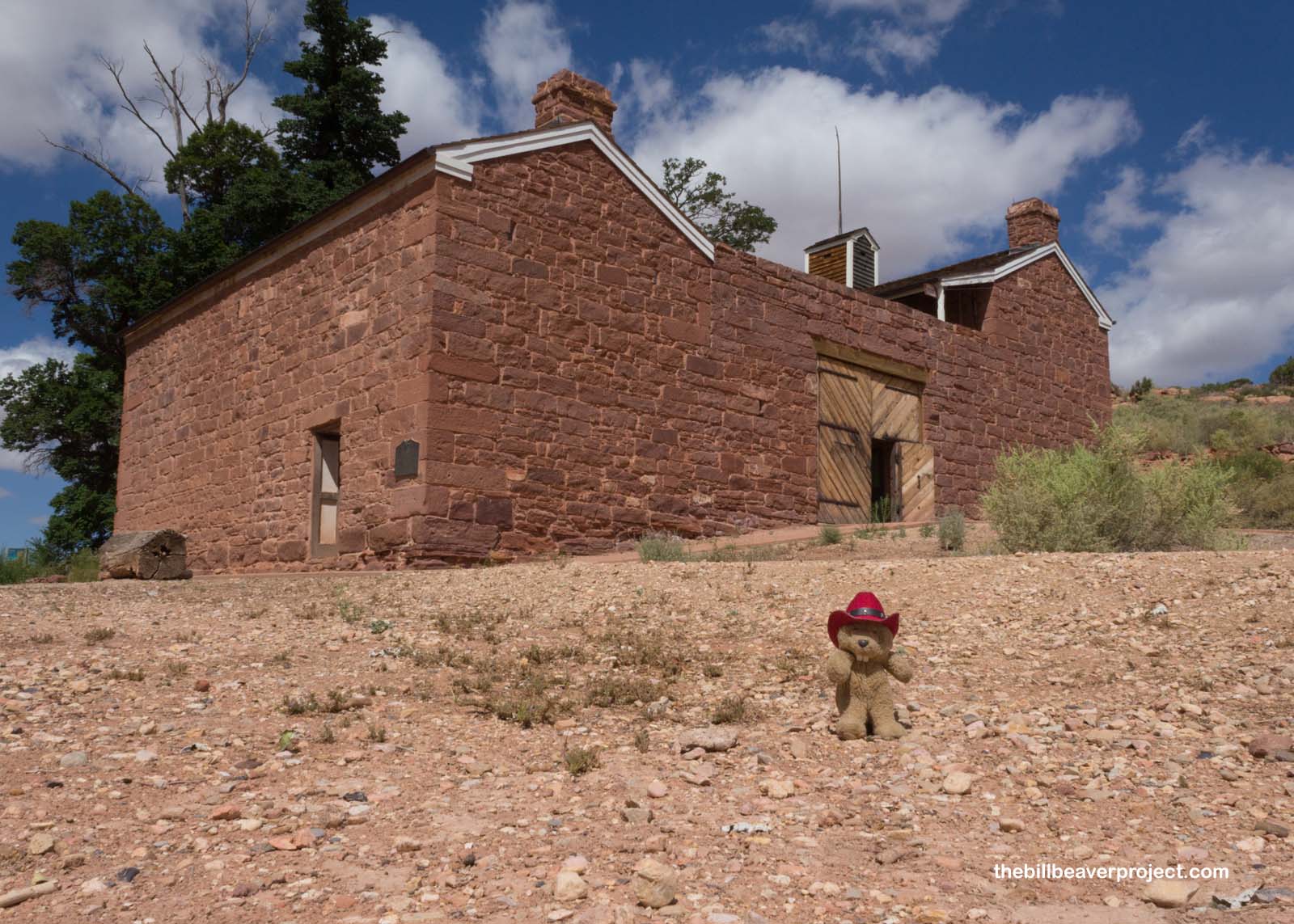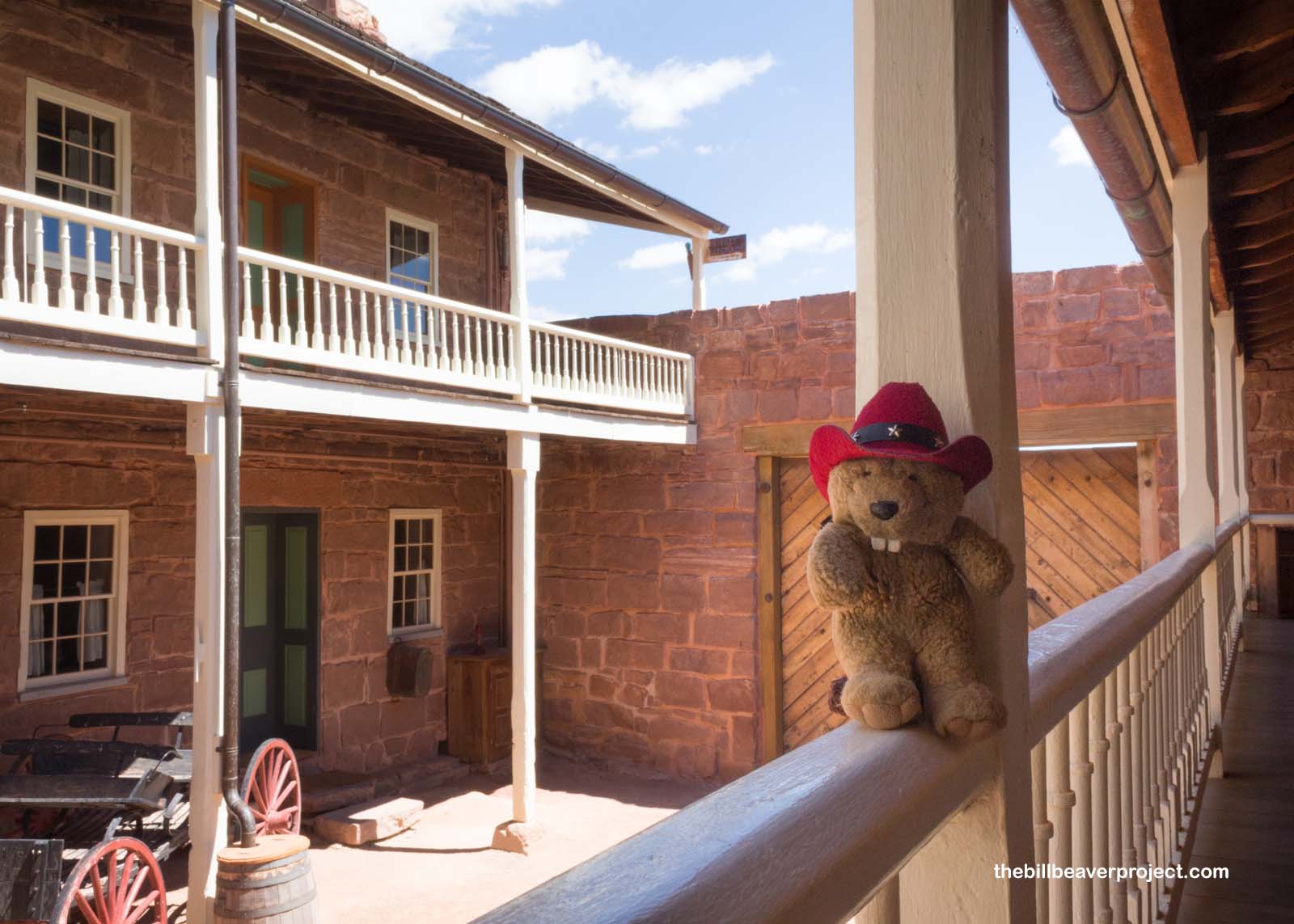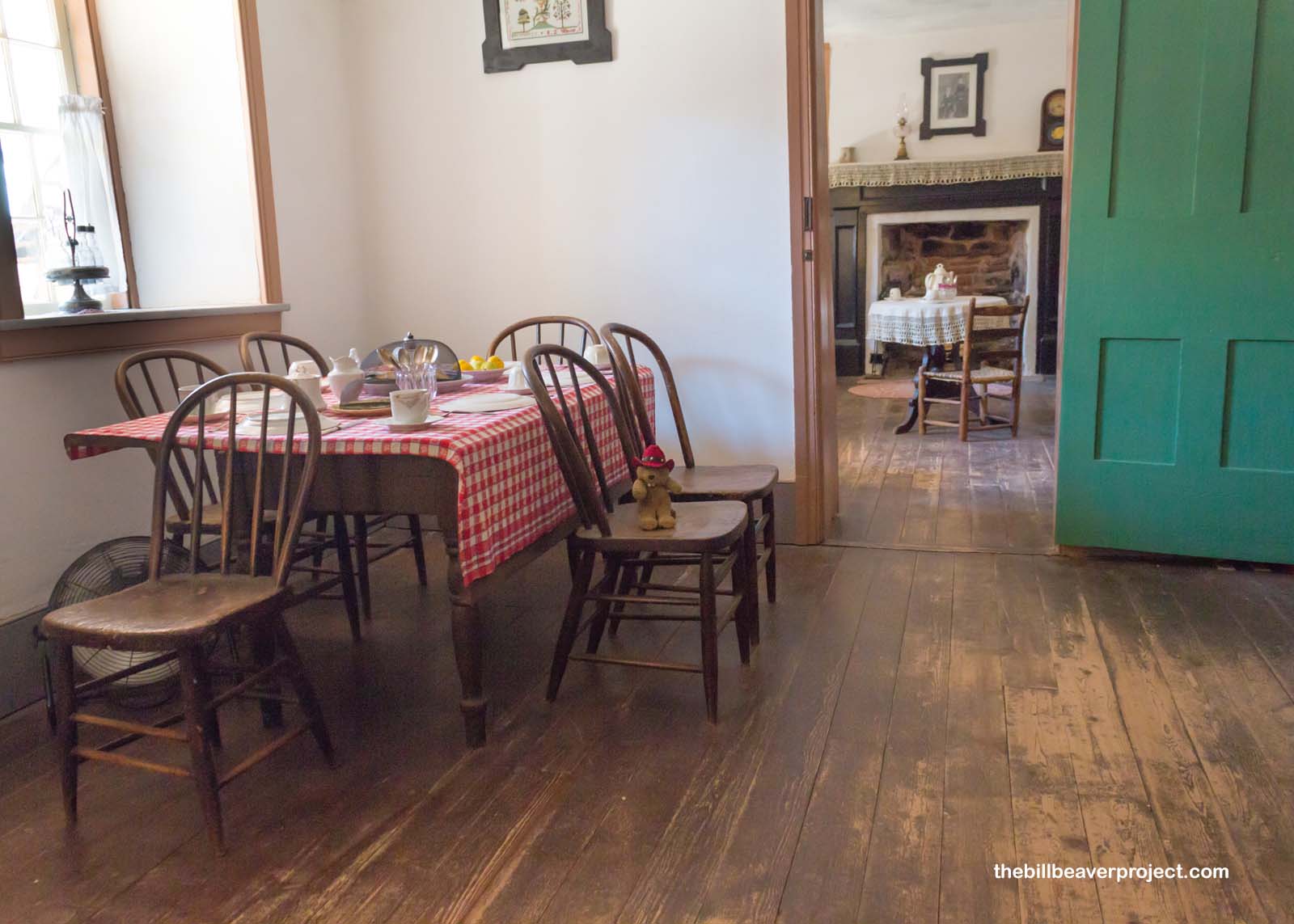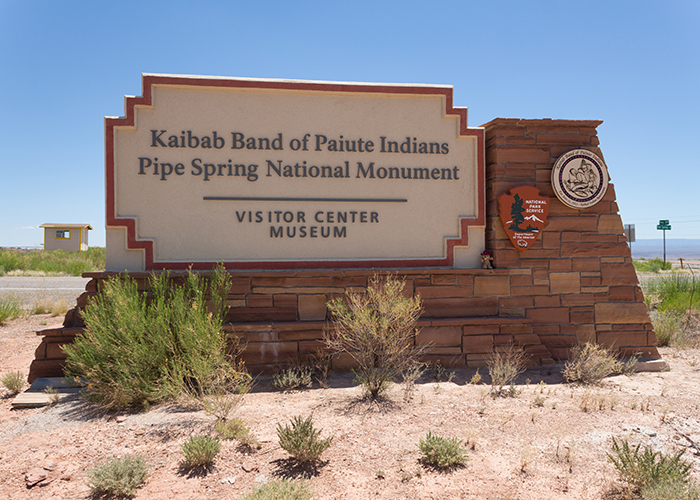| What makes it historical? |
The natural spring here was home to the Kaibab Paiute for thousands of years. They called it Matungwa’va and used its water to grow corn, squash, and beans, and they also used it as a lure for desert animals. In their belief system, no plant or animal should be killed unless its spirit has been spoken to and assured that it will be used correctly. Without those courtesies, the food or medicine will be useless!
Mormon explorers and their very different beliefs moved in during the 1850s, staking ranching claims on the Paiute’s ancestral land. They renamed the spring Pipe Spring instead, because a local sharpshooter was able to fire a bullet through a tiny pipe nearby! In 1877, LDS leader, Brigham Young, toured the site and found it perfect for holding all the cattle that Utah ranchers had donated to the church as tithing. So, he ordered a fort to be built around the spring to keep out both the Paiute and the US Government. It came to be known as Winsor Castle and the company The Winsor Castle Stock Growing Company!
Because the United States had outlawed polygamy, many Mormon men brought their plural wives here to hide them from scrutiny by the law! Here, they processed cheese and butter from the many cows to sell across southern Utah, and in the process, the cattle herd destroyed the ancient grasslands of the Arizona strip! Since taking ownership on May 31, 1923, the National Park Service has been looking for ways to restore some of this lost grassland! |










